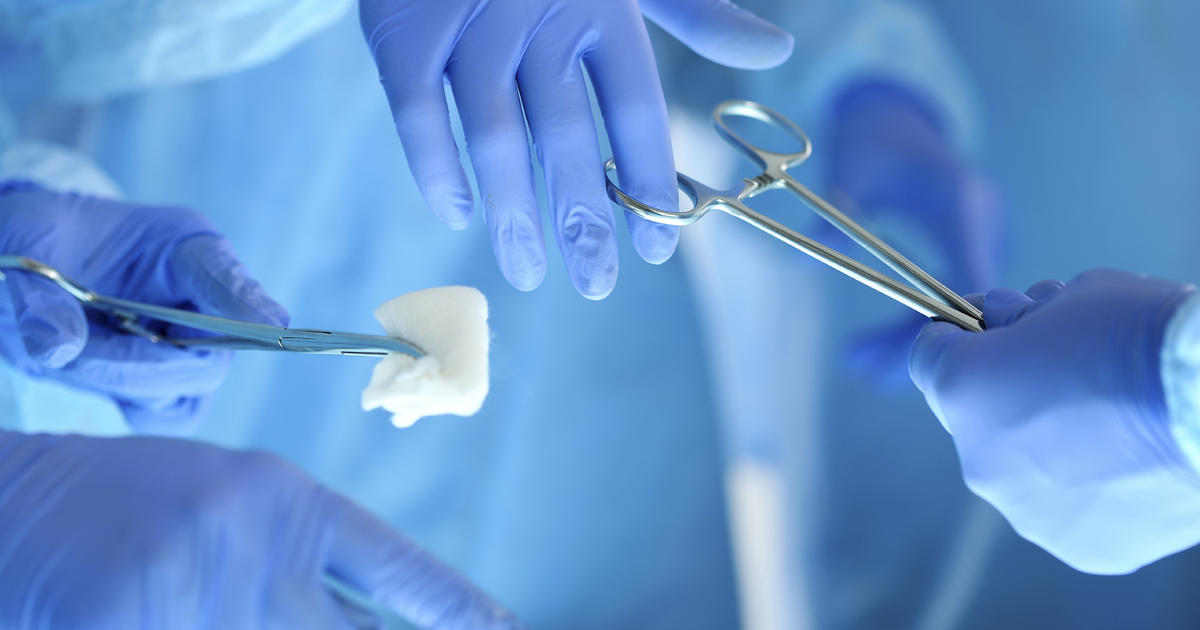How To Treat Vocal Cord Paralysis
Tracheotomy
A tracheotomy may be necessary in situations where the vocal cord paralysis causes dangerous disruptions in airflow. This might occur when both vocal cords are paralyzed, especially if they're closely positioned. Since they can't flex and open, the patient's airway will be constricted. A tracheotomy is a way of opening the airway. During a tracheotomy, a surgeon makes an incision in the front of the neck and creates an opening directly into the patient's windpipe, and then inserts a breathing tube into the opening, which helps air bypass the paralyzed vocal cords. In one documented case, a premature baby developed total vocal cord paralysis after being intubated for several weeks. The tube caused scarring in her airway, which narrowed the trachea. When she was just one month old, a successful tracheotomy was performed to help her breathe.
Get more details on treating vocal cord paralysis now.
Replace The Damaged Nerve

Doctors might suggest reinnervation surgery to replace the damaged nerve. During this surgery, the surgeon takes a healthy nerve from another part of the patient's neck and uses it as a replacement for the damaged vocal cord. Unlike some other surgical options, this surgery doesn't show immediate results, as the brain has to rewire itself to accept the new nerve impulses and allow the tissue to function as a vocal cord. Patients might have to wait up to nine months to see voice improvement, though many experience results in six months or less. Some medical professionals might recommend a combination of reinnervation surgery and a bulk injection for vocal cord paralysis.
Speaking of bulk injection, learn how it can be used to treat vocal cord paralysis next.
